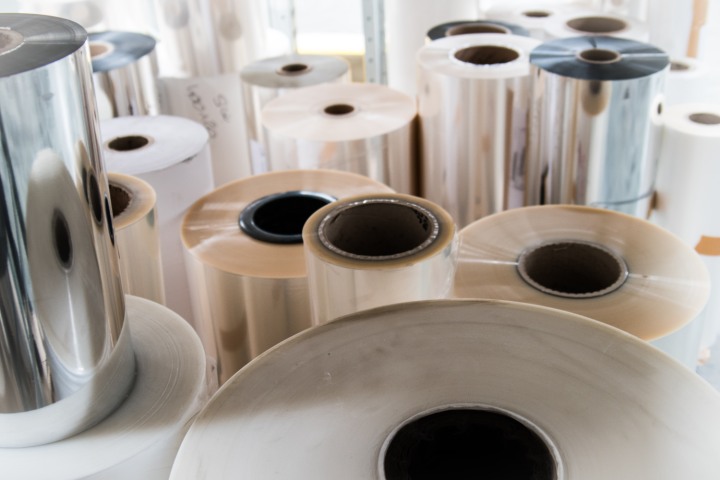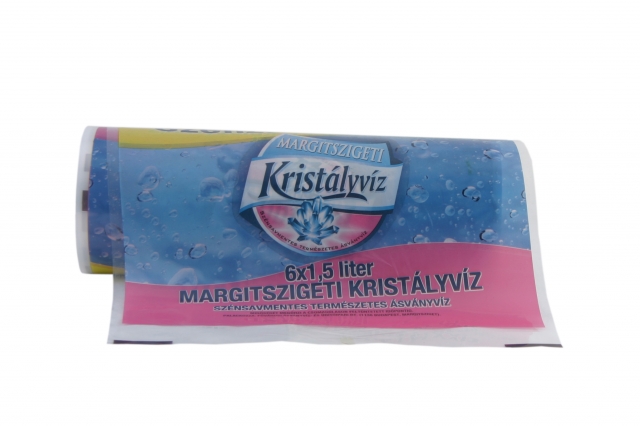This printed film manufacturing background offers a high degree of flexibility and virtually unlimited possibilities, both in terms of quality and delivery times.
When placing an order, our partners can be confident that the required packaging material will be available under the agreed conditions. Our goal is to serve our partners and provide them with the conditions they need for successful operation.
Main application areas of printed flat films
Printed flat films can be used in a wide range of fields to package products with different requirements.
The most typical application areas:
in the food industry:
- frozen products
- confectionery
- bakery products
- meat products
- soft drink industry (printed shrink film)
- spices
- coffee packaging
in the chemical industry:
- household products
- cosmetic products
- detergent packaging
in the pharmaceutical industry:
- packaging of medicines and medical devices
in agriculture:
- feed
- potting soil packaging
Depending on the properties of the packaged product and the requirements placed on the packaging material, flat films can be:
- single-layer (mono films), or
- multi-layer (duplex – two-layer, triplex – three-layer, etc.)
When selecting the appropriate packaging material, a number of factors must be taken into account:
- the consistency and size of the product,
- the packaging unit,
- the technology,
- the packaging, storage and transport conditions,
- the required shelf life, and
- special requirements arising from the nature of the product (modified atmosphere packaging, vacuum packaging, aroma barrier, light barrier, aesthetic requirements, etc.).
To meet the differing needs of each application area, we have created various material structures by combining different components. The most typical are:
- high-gloss films for packaging frozen products (we recommend our Frostar® branded product)
- lidding films for modified atmosphere packaging (we recommend our Hungalid® branded product)
- packaging materials suitable for frozen products that can also be heated together with the packaging in a microwave oven (we recommend our Microfrost® branded product)
- printed shrink film
- aroma barrier films
- moisture barrier films
- vacuum barrier films
- special barrier films
- modified atmosphere packaging



